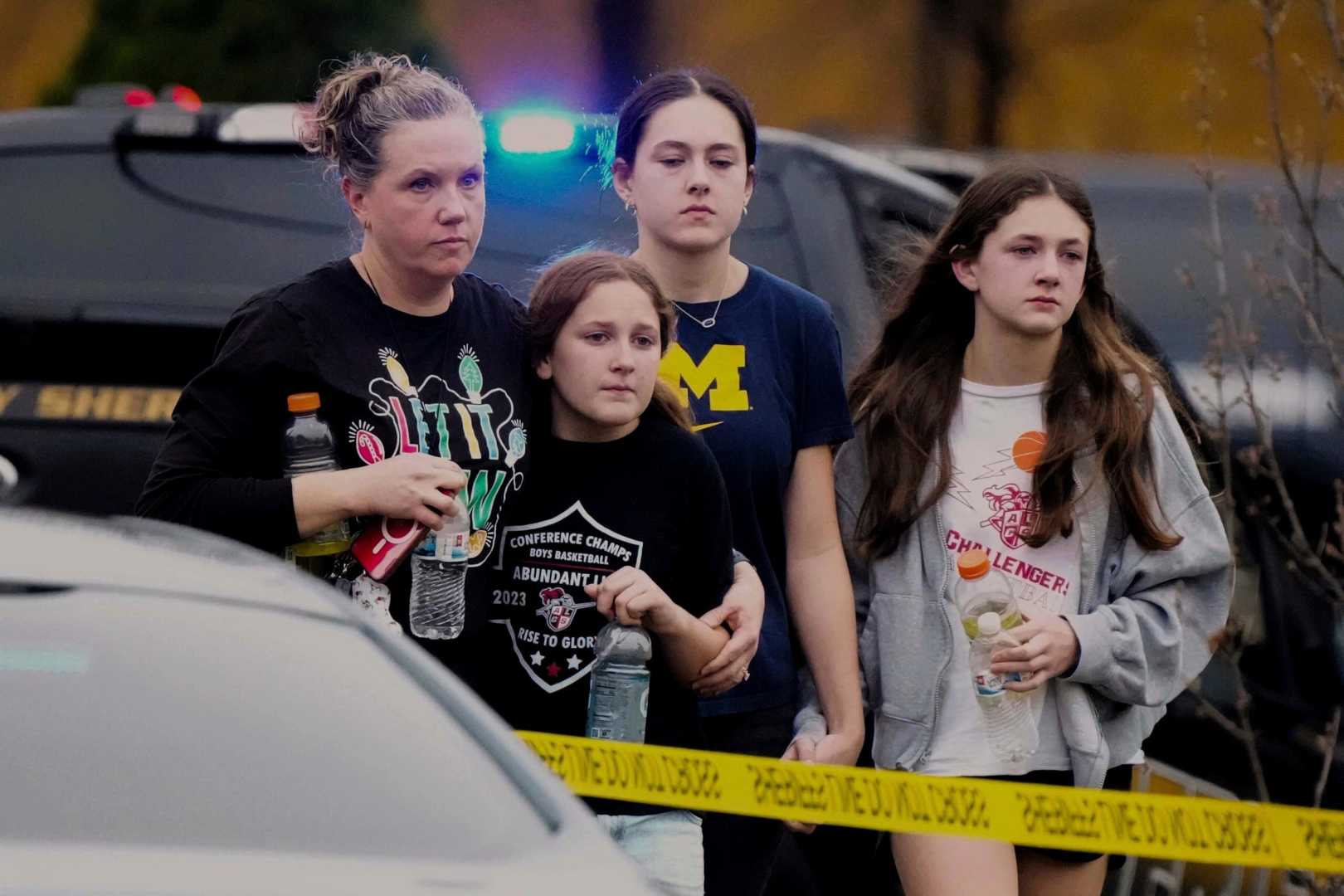News
Teen School Shooters Linked Through Online Extremist Networks

MADISON, Wis. — Moments before 15-year-old Natalie Rupnow opened fire inside her Madison high school on Jan. 24, 2025, a social media account believed to be hers posted a photograph on X showing someone in a bathroom stall flashing a hand gesture associated with white supremacy. As news of the shooting spread, another X user responded: “Livestream it.” That account, extremism researchers say, belonged to 17-year-old Solomon Henderson, who police say walked into his high school cafeteria in Nashville, Tennessee, the next day and fired 10 shots, killing one classmate before taking his own life.
While there is no evidence that Rupnow and Henderson coordinated their attacks, researchers tracking their online activity found that both teenagers were active in the same extremist networks that glorify mass shooters. These networks, which span gaming, chatting, and social media platforms, trade hateful memes, terrorist literature, and tips on carrying out attacks. Researchers believe these online communities are radicalizing young people to commit violence.
“This network is best described as an online subculture that celebrates violent attacks and radicalizes young people into committing violence,” said an extremism researcher who requested anonymity due to safety concerns. “Many of the individuals involved are minors, and we’d like to see intervention to give them the help and support they need.”
Rupnow and Henderson had multiple X accounts, and researchers found that they occasionally interacted online. In November 2024, Rupnow shared a post from Henderson that appeared to celebrate the 1966 University of Texas at Austin shooter. After Rupnow’s attack, Henderson referred to her as a “Saintress,” a term used in these networks to glorify violent actors, and posted about her dozens of times. He also used her photograph as his profile picture on one platform.
In a 51-page document examined by Nashville police, Henderson praised Rupnow and other past attackers, writing, “I have connections with some of them only loosely via online messaging platforms.” He also claimed to have scrawled Rupnow’s name and those of other perpetrators on his weapon and gear.
The online networks Rupnow and Henderson inhabited are a mix of white supremacist, anti-Semitic, racist, neo-Nazi, occult, and satanic ideologies. Violence, often targeting children and teenagers, is the currency that buys clout in these communities. Some members engage in doxing or encourage self-harm, while others, like Rupnow and Henderson, carry out mass attacks in the real world.
Researchers had been tracking these networks for months, collaborating with counterterrorism organizations, academics, and law enforcement to prevent violence. They reported several accounts, including one linked to Henderson, to law enforcement and the National Center for Missing & Exploited Children. However, they were unaware of Rupnow’s accounts before her attack.
Alex Newhouse, an extremism researcher at the University of Colorado, Boulder, said these subcultures have a long history of lionizing past attackers and goading one another to commit violence. “The Antioch one is very obviously copycat,” Newhouse said, referring to Henderson’s attack.
Both Rupnow and Henderson expressed despair about their personal lives and the world around them in their writings. After Rupnow’s shooting, a social media user accused Henderson and others of having prior warning, tweeting at the FBI: “They need to be locked up, no questions asked.” The FBI declined to comment.
Rupnow killed two people at Abundant Life Christian School in Madison before taking her own life. Henderson killed one classmate at Antioch High School in Nashville before dying by suicide. Nearly all of the social media accounts linked to the two teenagers have since been suspended.












